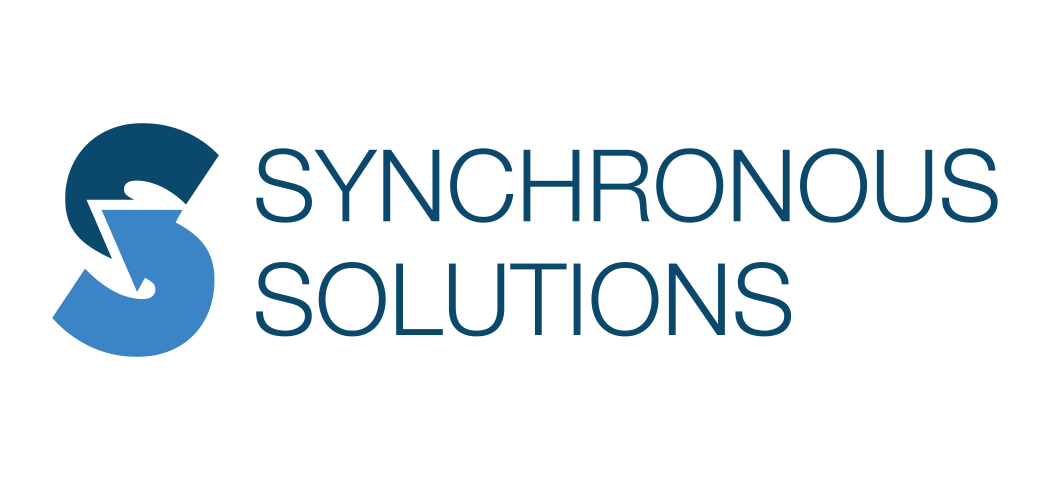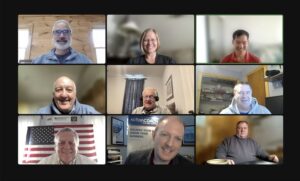
By: Rob Loughridge, Principal, Synchronous Solutions
For those of you that aren’t familiar with EOS, it’s an acronym for the Entrepreneurial Operating System as described in Gino Wickman’s book “Traction.” It took the business world by storm in 2007 and continues to do so today. But does it provide everything you need to thoroughly drive your business? It has the potential to have an impact on your business, but is it the impact you need? I’ve had personal experience with EOS and I’d like to share with you what I learned.
After leaving the countertop business after 23 years, I secured a position as VP of Operations at a millwork company. They had begun implementing EOS prior to my arrival so I studied the book to get up to speed. I had read “Traction” years before and was curious about applying it in the real world. It didn’t take long to get up to speed. It’s an easy system to learn and practice as long there’s the discipline required to apply the information. (Just like anything else)
We went all in on EOS including hiring a certified EOS facilitator and followed his lead and the book to a tee. We followed the meeting pulse in every detail, set our “rocks,” used the people analyzer, painstakingly build the V/TO, IDS’d, started tracking data and documented processes. We were on it!
Eventually, our facilitator informed us that we were ready to “graduate.” We had learned everything there was to learn and he felt that he was no longer needed. The other leaders were high fiving each other (that’s probably an exaggeration) but, I was surprised. There obviously had to be more to the system because we had done everything exactly as it was intended but there were no real results.
On top of that, only about half of the Rocks that were set at the quarterly and yearly meetings were completed. It’s not that we were a bunch of dummies or lazy, Rocks just weren’t getting completed. Some lingered on for more than a couple of quarters. Sure, we had fixed some stuff that was annoying but, things didn’t change that much.
There are a couple of assumptions about EOS that really stuck in my craw. The “Issues Component” chapter is about identifying, discussing and solving problems. Hence the acronym “IDS.” In step one, “Identify,” there’s a paragraph that starts with, “Plan on getting a little bit uncomfortable. Most causes of real issues are people.” What?!?!?!? Dr. W. Edwards Deming probably rolled over in his grave when this was published. Dr. Deming said, “most problems are caused by systems, not people.” He coined a “94% rule” that suggests that 94% of quality issues stem from the systems and not individual employees. Not long after originally reading this, I found it to be true as a manager and have kept it top of mind ever since. (Check out the Red Bead Experiment with Dr. W. Edwards Deming here: https://youtu.be/ckBfbvOXDvU I guarantee it’ll spark some thought.)
The other thing that didn’t seem to work was establishing Rocks. During a Rock setting meeting, as a team, we reviewed our “V/TO” (Vision Traction Organizer) and put together a list of the most important priorities for the organization that had to be completed in the next 90 days. The problem was how to prioritize. Prioritize based on what? Whose priority? There was a company score card to use with metrics that were loosely connected to the health of the business but not necessarily concretely connected. This resulted in rocks that were important but not necessarily a priority and as a result, people didn’t get the Rocks completed because in their hearts, they knew it wouldn’t move the needle. What to do?
For those of you that have implemented Synchronous Flow (which is the application of the Theory of Constraints), you know exactly what to focus on: Throughput, Inventory and Operating Expense. In that order! You know that increasing Throughput ($T), decreasing Inventory and decreasing Operating Expense will yield results. You know what to focus on. Knowing what to focus on makes all the difference.
So… Should you implement EOS? If you know exactly what to focus on, EOS will help but it is not the complete solution. If you want the entire solution, implement a system that is based on science to transform your business into a Learning Organization. A business where all departments work together seamlessly to solve problems that matter. And, at the same time, create a workplace where employees are fulfilled with their jobs and love to come to work.
Sound good? If it does, contact us for more information about the Synchronous Flow Operating System. RobLoughridge@SynchronousSolutions.com


